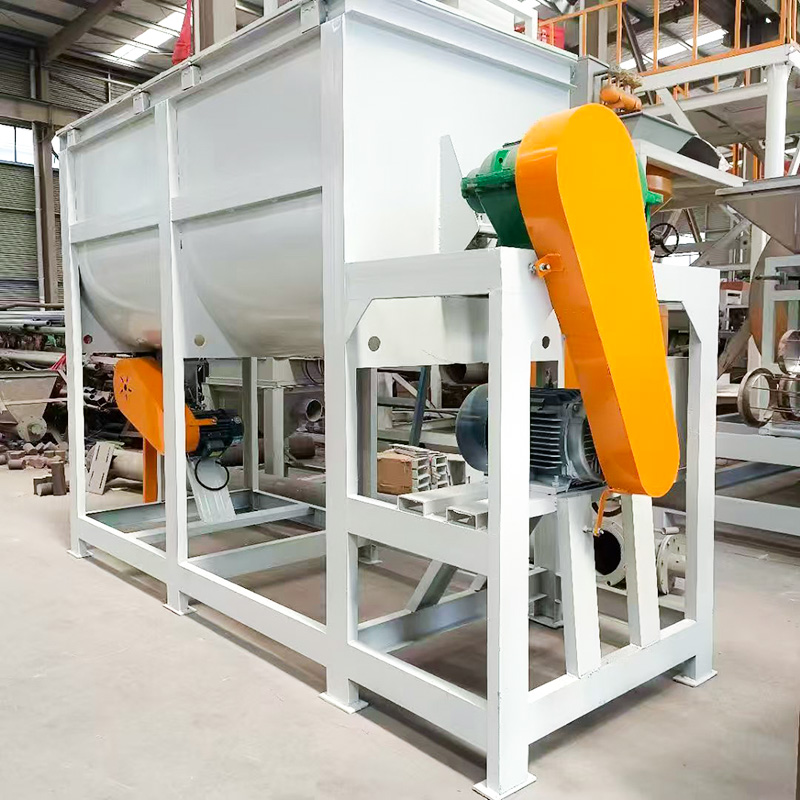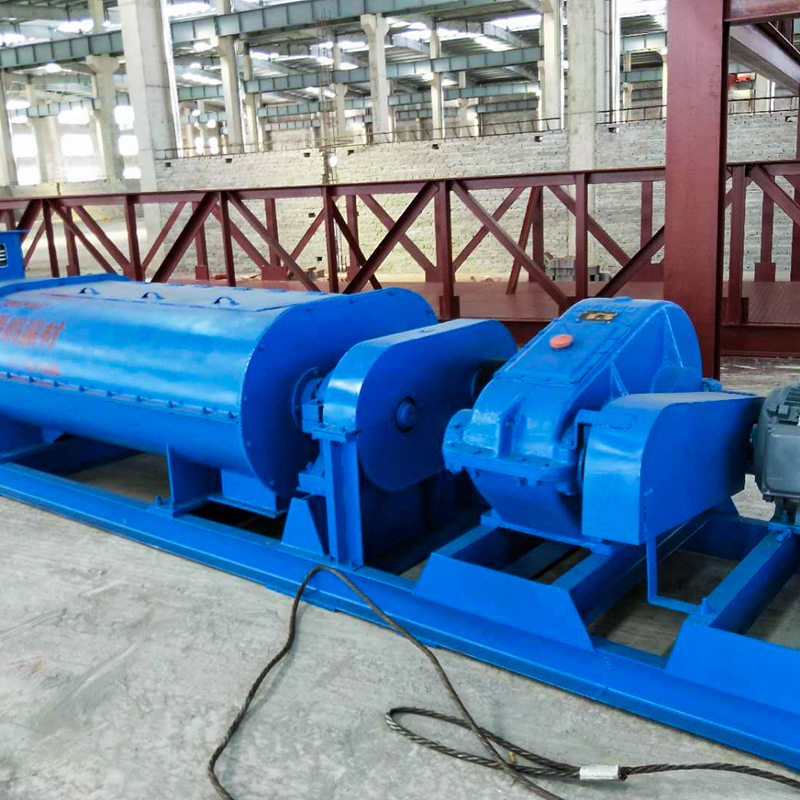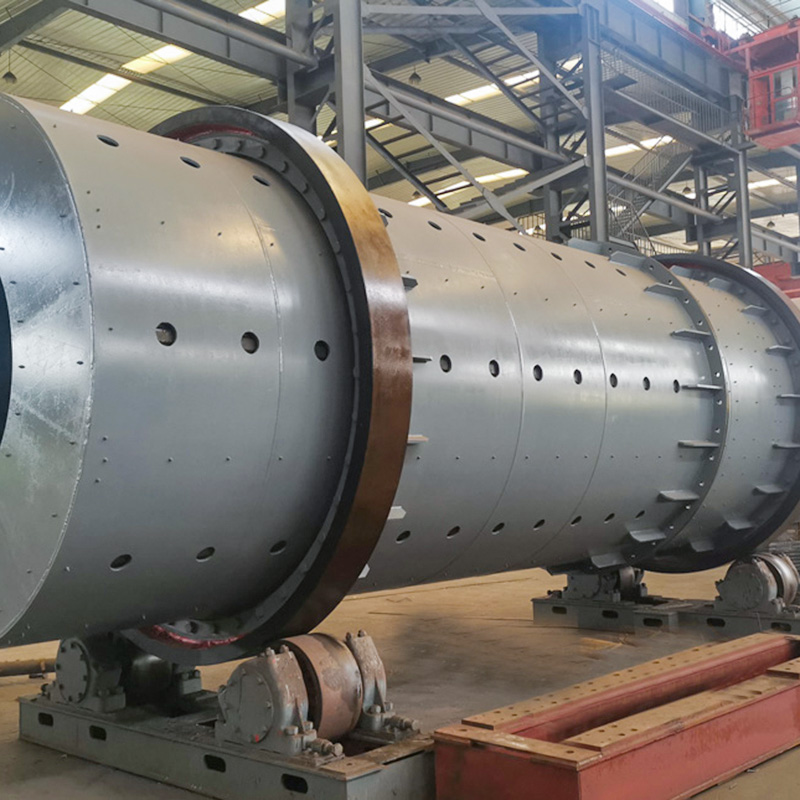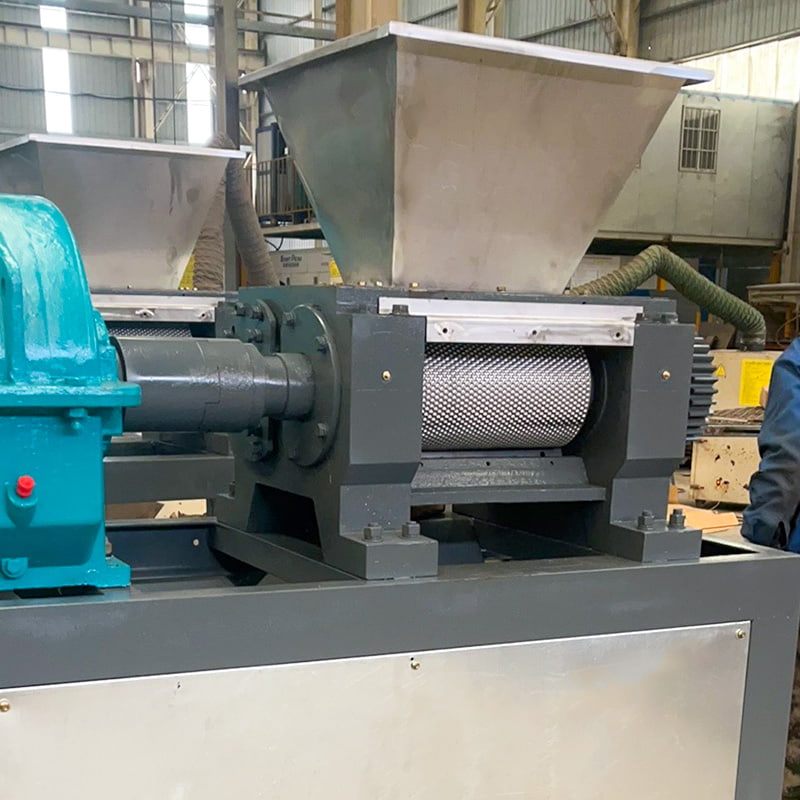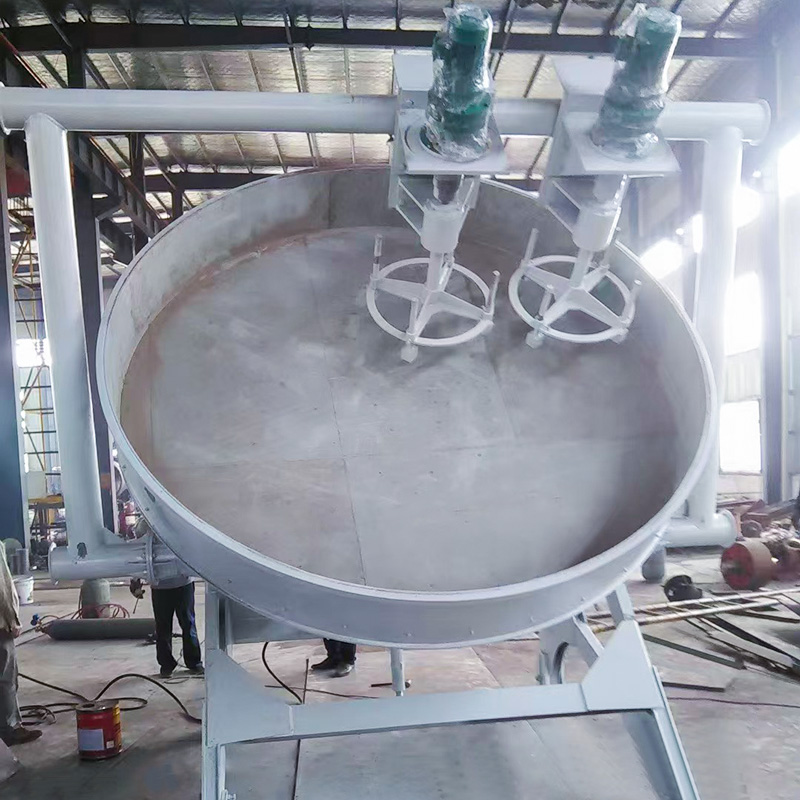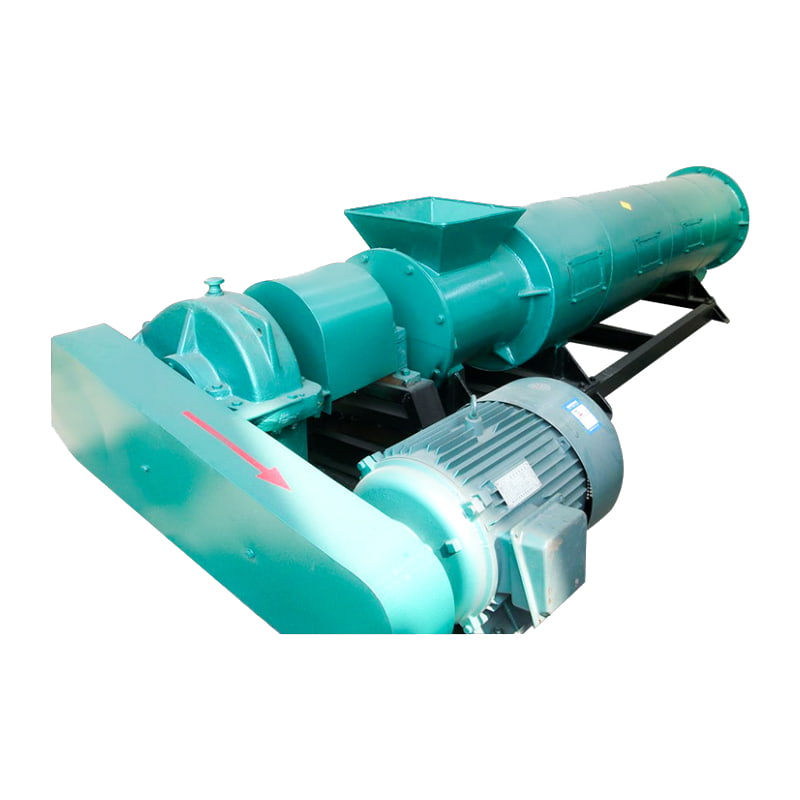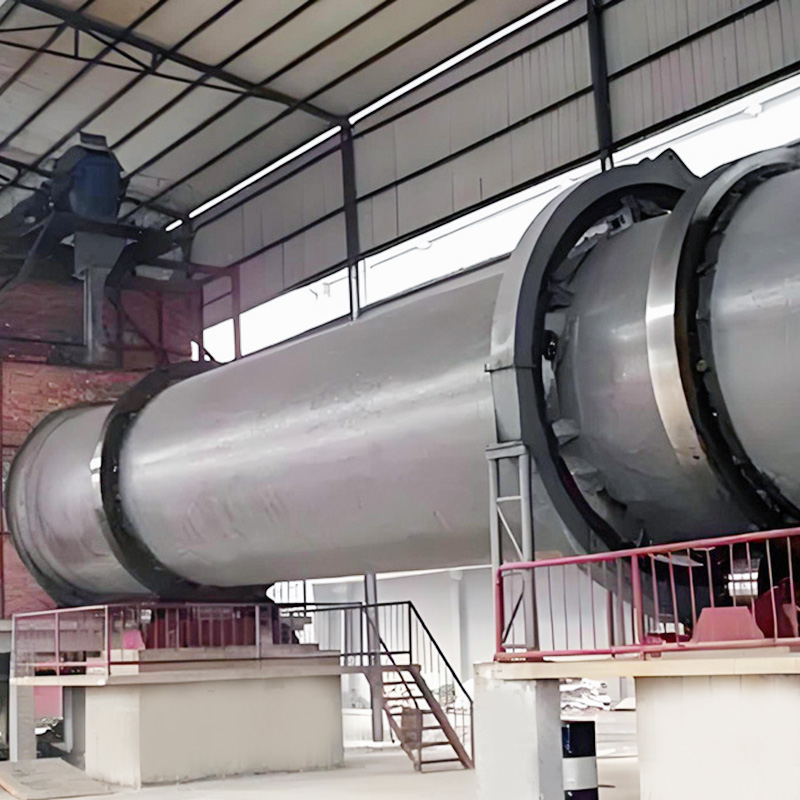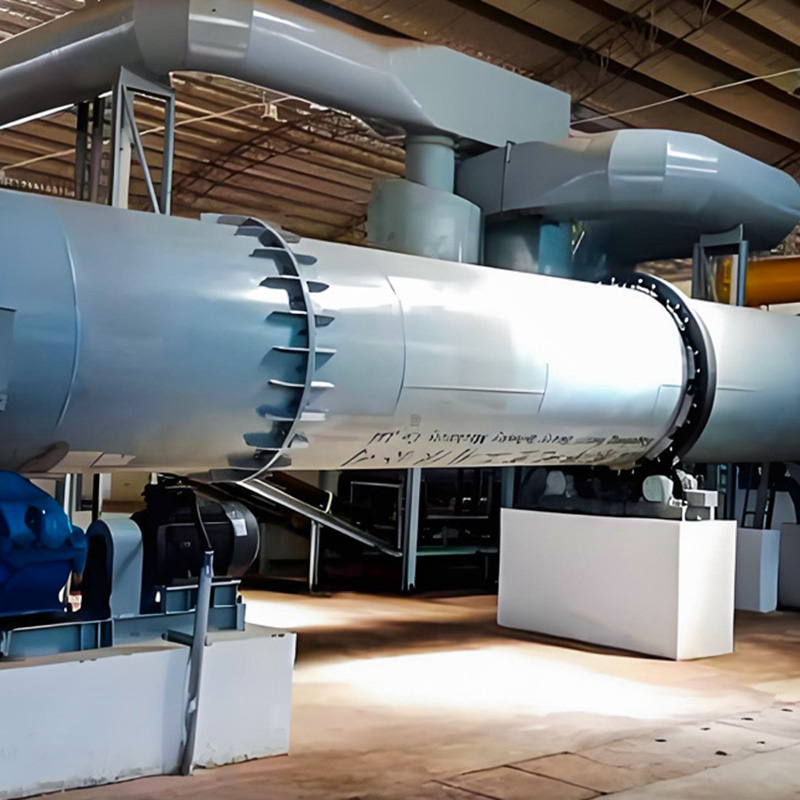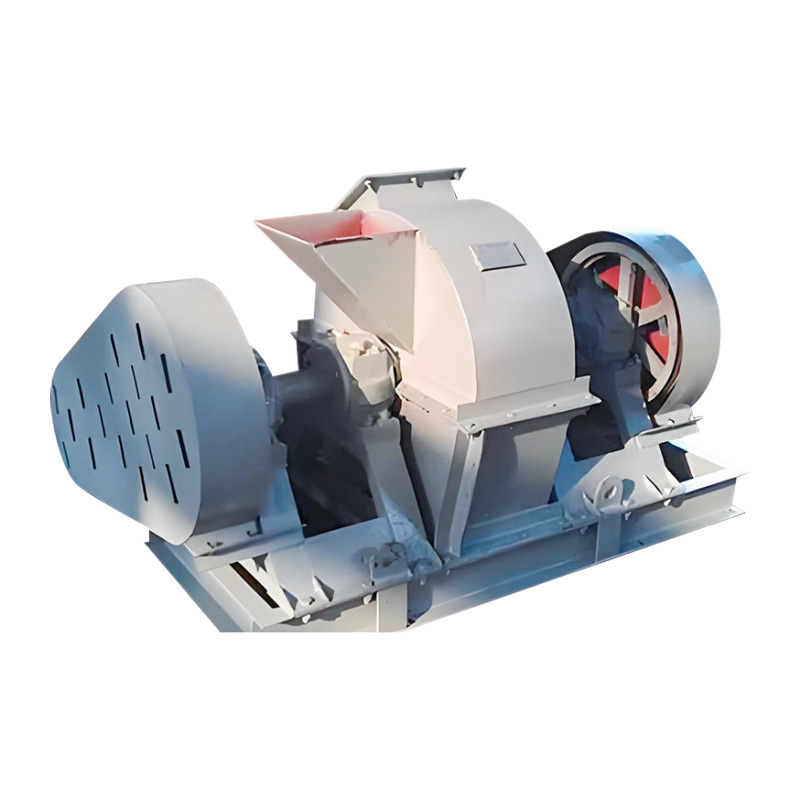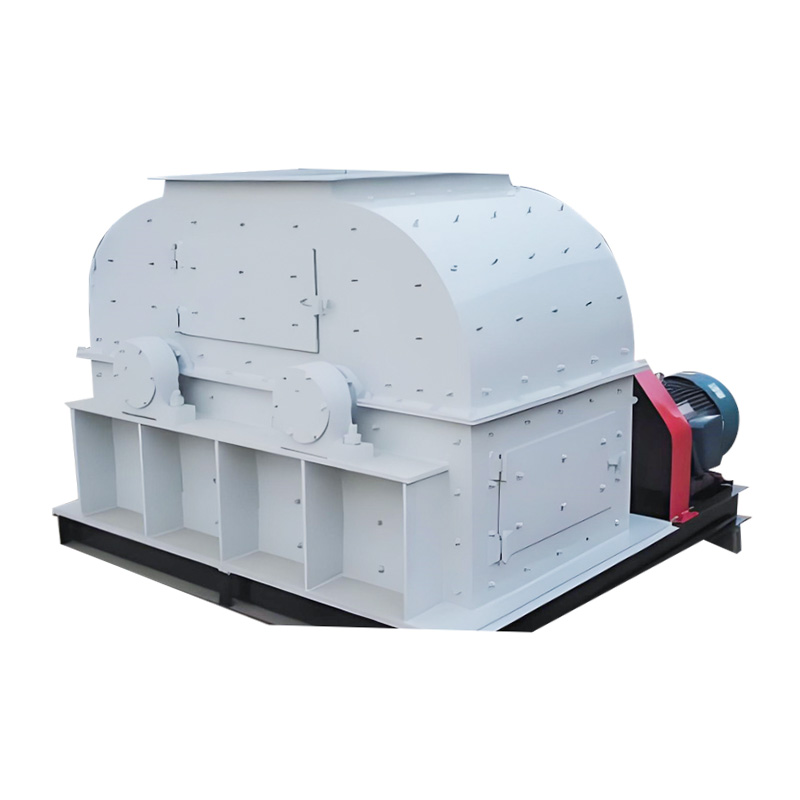Coal fired boilers in thermal power plants burn coal gangue with a certain proportion of particle size. The particle size of the coal in the coal mine is uneven, and most of the material particles in ...
READ MOREHigh-Angle Belt Conveyor
Our DJ high-angle belt conveyors are divided into three series based on the width of the conveyor belt. Each series offers three models with varying sidewall heights. They can convey materials with a particle size of less than 180mm at angles between 30° and 90°, and can transport 84-360m³ of material per hour.
-
SPECIFICATIONS
-
CONTACT US
-
Applications
Widely used in industries such as metallurgy, coal mining, transportation, hydropower, chemicals, and ports.
Product Introduction
High-angle belt conveyors utilize a conveyor belt with corrugated sidewalls and transverse partitions. They can operate at an angle of up to 90°, saving floor space, equipment investment, and construction costs. They offer high overall economic benefits and are ideal for high-angle conveying and vertical lifting.
Key Advantages
● Simple structure, smooth operation, low noise, reliable operation, and low energy consumption
● Horizontal conveying sections of any length can be configured at the head and tail of the conveyor, facilitating integration with other equipment
● The corrugated sidewalls of the conveyor belt increase the loading surface, enabling greater conveying capacity than conventional conveyors
● The conveying angle can reach 90°, saving floor space, investment, and construction costsOperating Principle
The conveyor belt of a high-angle belt conveyor serves as both traction and load-bearing. The corrugated sidewalls, crosspieces, and base belt of the conveyor belt form a "gate"-shaped container for conveyed material. Driven by an electric motor, the conveyor belt propels the material upward, achieving high-angle conveying. A belt conveyor primarily consists of a head transmission unit, a tail tensioning unit, and a conveyor belt. The traction and load-bearing components are an endless belt, which is wound around drive rollers and bend rollers at each end of the conveyor frame. A tensioning unit at the tail end maintains tension, and rollers support the belt along its length, forming a closed loop. When the drive unit drives the transmission drum to rotate, the friction between the transmission drum and the belt drives the belt to move. The conveyed material is generally added to the belt through the material guide chute. The material is transported to the discharge device at the head of the belt for unloading as the belt moves. -
Message Feedback
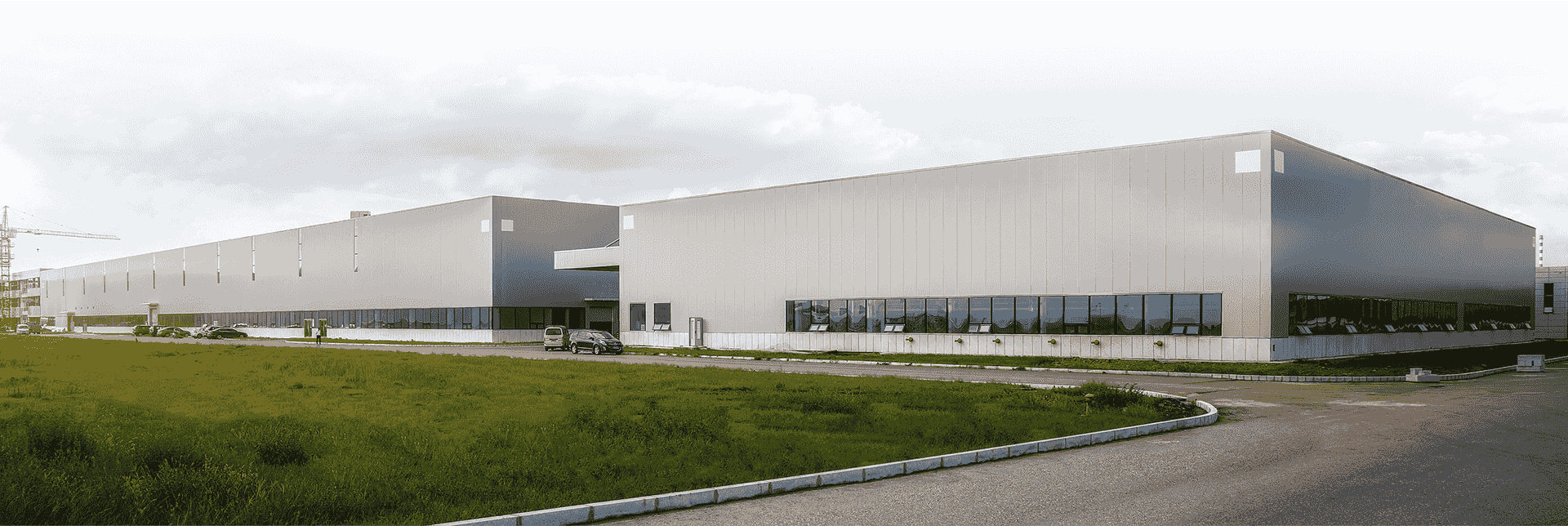
-
-
The grinder adopts a stepless speed control system, which can easily adjust the grinding speed suitable for grinding various components. Adopting an electric pneumatic proportional valve closed-loop f...
READ MORE -
In a significant stride towards bolstering agricultural productivity and sustainability, our company is proud to announce the launch of our state-of-the-art Compound Fertilizer Production Line. This i...
READ MORE

 En
En
 English
English  Français
Français  русский
русский  中文简体
中文简体  عربى
عربى  Español
Español 


